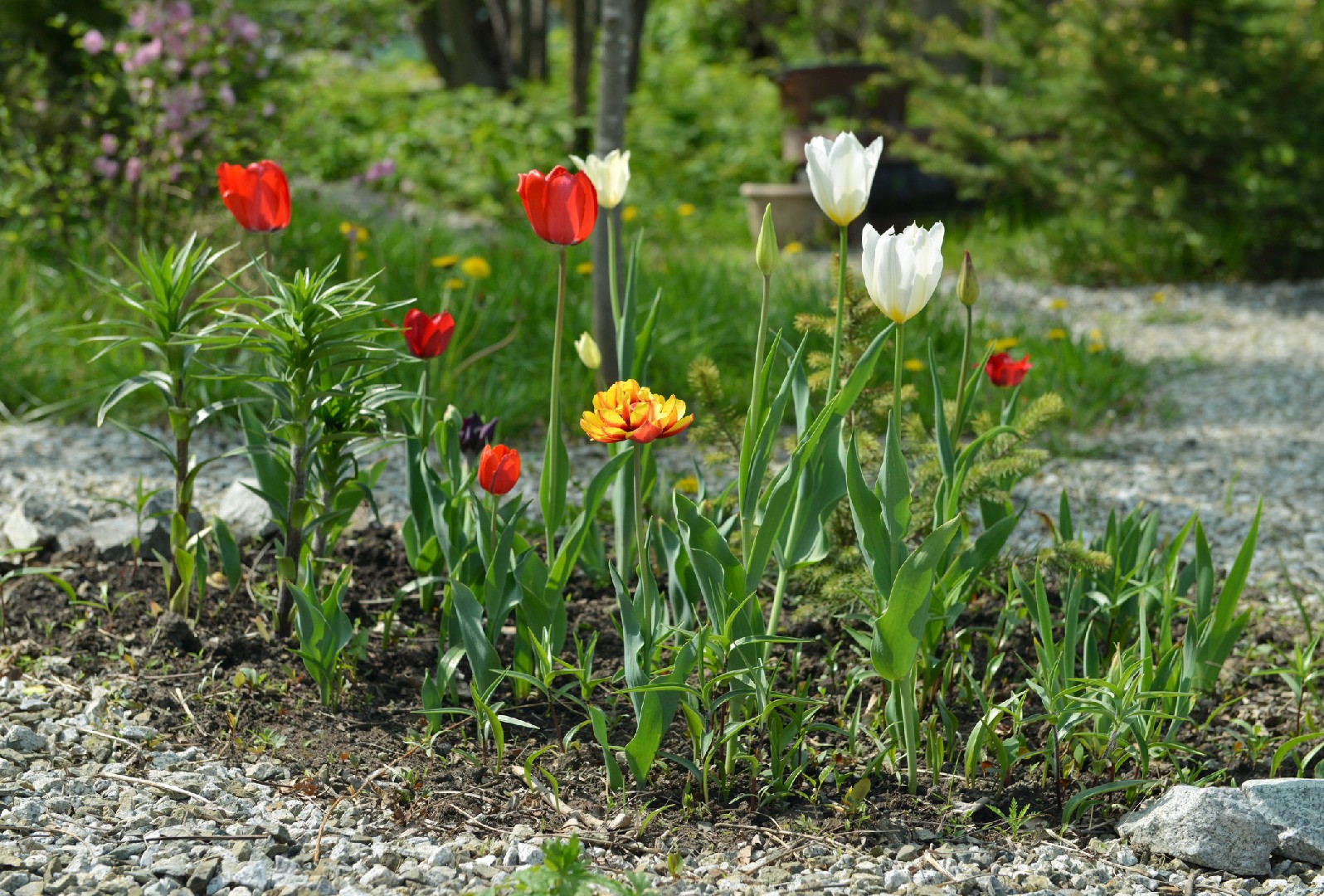![Rectangle]()
Putting It All Together: Planning and Designing Your Flower Bed
Planning and designing a flower bed can be an exciting and rewarding project. It allows you to express your creativity and create a beautiful space filled with blooms. In this section, we will guide you through the step-by-step process of executing your flower bed design, suggest methods of arranging flowers for visual appeal, and emphasize the importance of including a mix of perennials, annuals, and bulbs in your design.
To begin the planning and design process, start by considering the location and size of your flower bed. Take note of the amount of sunlight the area receives throughout the day, as this will determine the types of flowers that will thrive in your space. Additionally, you will want to ensure that your flower bed is easily accessible for maintenance and watering.
Once you have chosen the location, it's time to map out the shape and size of your flower bed. Consider the overall design of your garden and select a shape that complements the existing landscape. Common shapes for flower beds include rectangular, circular, or curved. Use a garden hose or spray paint to mark the boundaries of your flower bed and experiment with different shapes until you find one that suits your taste.
Next, it's time to prepare the soil for planting. Remove any existing grass or weeds from the area and loosen the soil with a garden fork or tiller. It's important to ensure that the soil is well-draining to prevent waterlogging, which can be detrimental to the health of your plants. Add organic matter, such as compost or well-rotted manure, to improve the soil structure and provide essential nutrients.
Once your soil is prepared, it's time to select the plants for your flower bed. To create visual interest and ensure blooms throughout the year, include a mix of perennials, annuals, and bulbs in your design. Perennials are plants that come back year after year, while annuals provide vibrant color for just one season. Bulbs, such as tulips and daffodils, add early spring blooms and can be planted in the fall.
When arranging your flowers, consider their heights, colors, and textures. Place taller plants towards the back of the flower bed to create depth and ensure that every plant is visible. Choose colors that complement each other and add pops of contrast for visual appeal. Experiment with different combinations to find a design that reflects your personal style.
To maintain a healthy flower bed, ensure that your plants receive proper care and maintenance. Water regularly, especially during dry periods, and provide sufficient sunlight for optimal growth. Remove spent blooms to encourage new blooms and deadhead regularly to keep your flower bed looking neat and tidy.
In conclusion, planning and designing a flower bed is a creative and rewarding process that can enhance the beauty of your garden. By following these steps and incorporating a mix of perennials, annuals, and bulbs, you can create a stunning display of blooms that will bring joy throughout the seasons. Remember to maintain your flower bed with regular care and enjoy the beauty it brings to your outdoor space.





